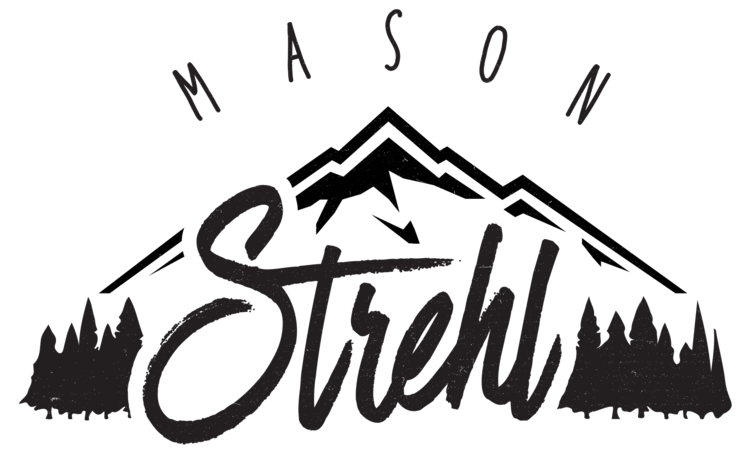For half of the world, November means colder weather. It means bundling up - big sweaters, hats, scarves, and down jackets. Whether you’re outside for work, play, or just to get to your next destination, down has been the insulation of choice for ages. It’s also an incredibly important material in the outdoor gear you rely on to push your seasons in the outdoors - sleeping bags, pads, and big puffy jackets enable you to go further, stay out longer, and to be more comfortable while doing it. But not all down is created equal - the quality plays a big role in the weight, packability, durability, and warmth. We’re going to take a look at the science that makes all this possible, and how you can wade through all the technical jargon to find the gear that will get the job done.
How does it work?
Despite what you may think, down filling is not made from feathers. It’s made from goose or duck plumage, the fluffy insulation directly under the feathers. This is nature’s mid-layer, and despite our best efforts in science, we’ve still not made a more effective insulator for these applications. In use, down’s clusters are three-dimensional structures with thousands of filaments that criss-cross to create air space. Just as a sponge traps water, down clusters trap warm air while still allowing moisture and air to move through…
Read More




